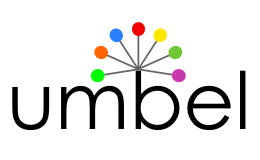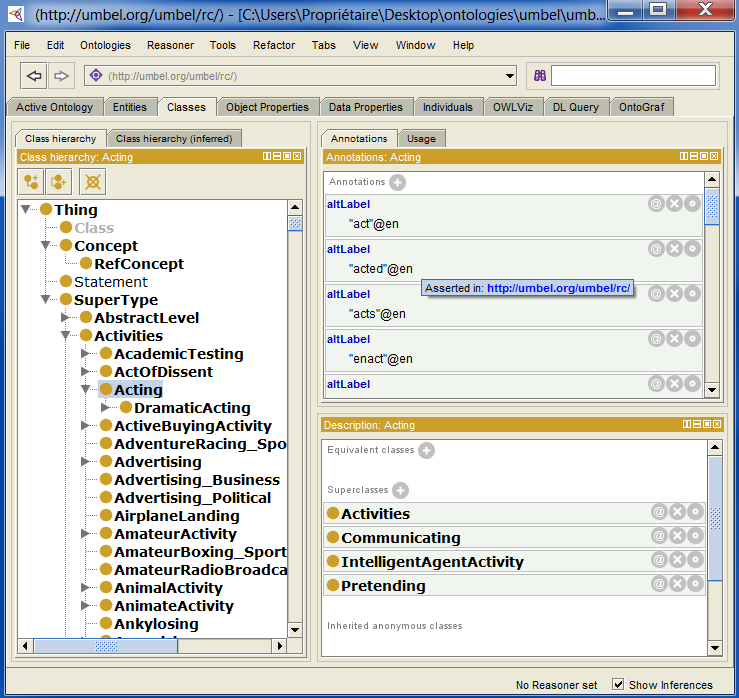| I am currently upgrading the structWSF ontologies related web service endpoints along with the structOntology conStruct module to make them more performing so that we can load ontologies that have thousands of classes and properties (at least up to 30 000 of them). |  |
While testing these new upgrades with them UMBEL ontology, I noticed that much of the time was spent by a few number of stripos() calls located in the loadXML() function of the ProcessorXML.php internal structXML parser. They were used to extract the prefixes in the header of the structXML files, and then to resolve them into the XML file. I was using stripos() instead of strpos() to make the parsing of these structXML files case-insensitive even if XML is case-sensitive itself. However, due to their processing cost, I did change this behaviors by using the strpos() function instead. Here are the main reasons to this change:
- XML is itself case-sensitive, so don’t try to be too clever
- These structXML files that are exchanged are mostly internal to structXML
- Their parsing performances is critical
The Tests
This is a non-scientific post about some experimentation I made related to the various PHP 5.3 string search functions. These tests have been performed on a small Amazon EC2 instance using DBG and PHPeD.
[cc lang=’php’ line_numbers=’true’]
[raw]
[/raw]
[/cc]
The first test uses a text of 138 words. That text get exploded into an array where each value is a word of that text. Then, before each iteration, we randomly select a word that we will search, within the text, using each of the 4 search functions.
Note that in the result images below, each of the line in the left-most column are the ones of the PHP code above.
That first test starts with 10 000 iterations. Here are the results of the first run:
The second test uses the same 138 words, but the test is performed 100 000 times:
As we can see, strpos() and strstr() are clearly faster than their case-insensitive counterparts.
Now, let’s see what is the impact of the size of the text to search. We will now perform the two tests with 10 000 and 100 000 iterations but with a text that has 497 words.
[cc lang=’php’ line_numbers=’true’]
[raw]
[/raw]
[/cc]
That third test starts with 10 000 iterations. Here are the results of the third run:
The fourth test uses the same 497 words, but the test is performed 100 000 times:
As we can see, even if we add more words, the same kind of performances are experienced.
Conclusion
After many runs (I only demonstrated a few here). I think I can affirm that strpos() and strstr() are way faster than their case-insensitive counterparts. However, strpos() seems a little bit faster than strstr(), but it seems to depends of the context, and which random words are being searched for. In any cases, according to PHP’s documentation, we should always use strpos() instead of strstr() because it supposedly use less memory.
There may also be some unknown memory considerations that may affect the code I used to test these functions. In any case, I can affirm that in a real context, where queries are sent to the Ontology: Read web service endpoint that hosts the UMBEL ontology, that strpos() is a way faster than stripos().






 Eight months ago we announced the dissolution of Zitgist LLC. This event led to the creation of a
Eight months ago we announced the dissolution of Zitgist LLC. This event led to the creation of a  Structured Dynamics LLC now hosts a new version for the UMBEL Web services. From the main menu at the
Structured Dynamics LLC now hosts a new version for the UMBEL Web services. From the main menu at the  Additionally, the
Additionally, the  I am pleased to announce that we resumed our work with
I am pleased to announce that we resumed our work with